Information On How To Transplant Wisteria Vines
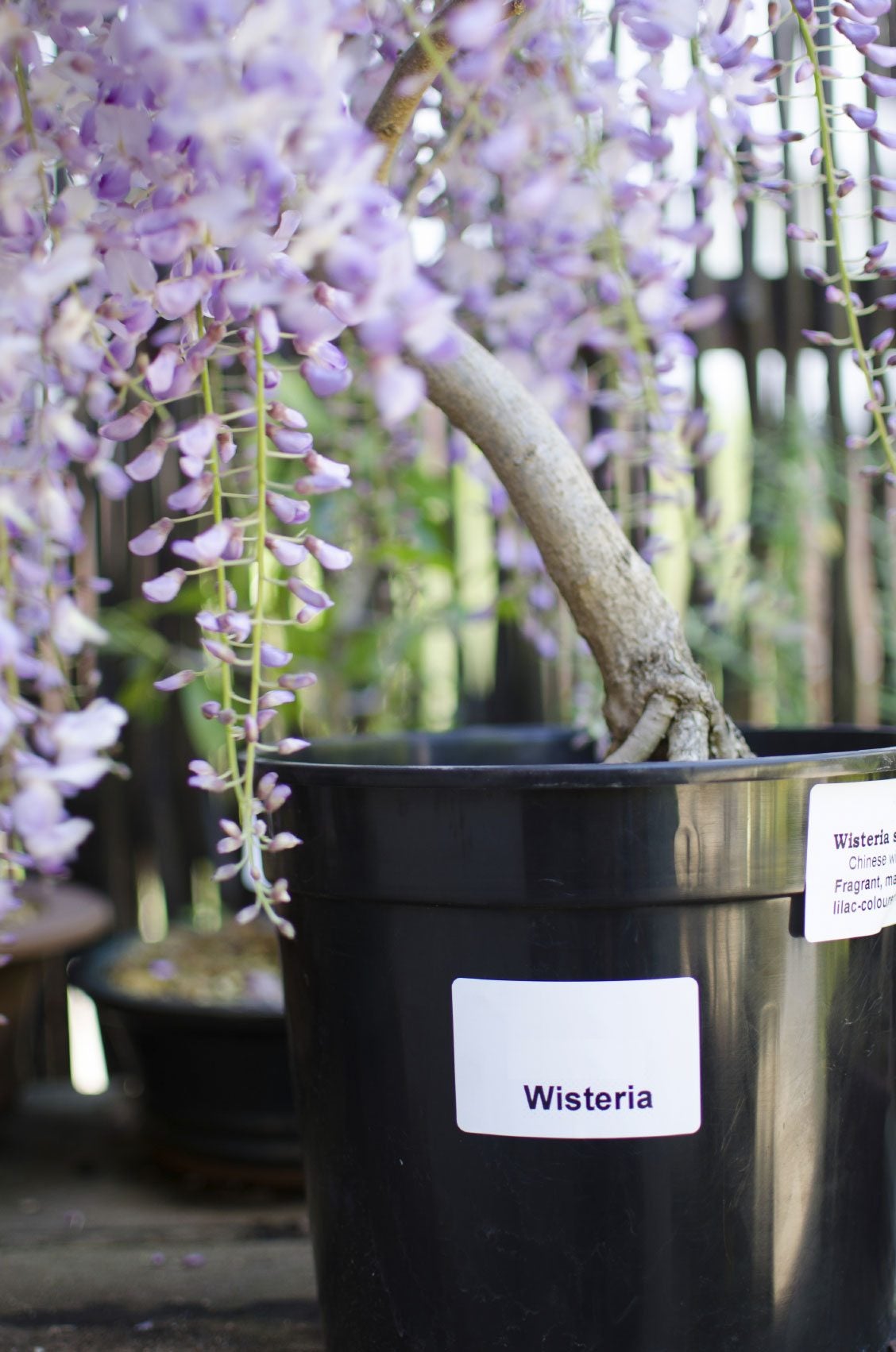

Nothing compares to the beauty of a wisteria plant in bloom. Those springtime clusters of pale purple flowers can create a gardener's dream or-- if it's in the wrong place, a gardener's nightmare. Perhaps you didn't realize just how big a wisteria can grow or perhaps its placement no longer suits your current garden plan. You're thinking about how to transplant a wisteria. It's a daunting thought. Transplanting wisteria is no walk in the garden, but it can be done.
When is the Best Time to Transplant Wisteria
The downside of transplanting wisteria that is well established is that it may take several years for the vine to bloom again. The best time to transplant wisteria is in the late fall or early spring when the plant is dormant, but the soil is workable. Choose your site carefully. You don't want to do this again!
How to Transplant Wisteria Vines
Cut the vine back to about 3 feet (1 m.) tall. Start digging about 18 to 24 inches (46-61 cm.) from the stem. To successfully transplant wisteria, you must dig deep. Continue digging and prying in a circle around your transplant. Wisteria doesn't like to be moved, so take up as large of a root ball as possible. The more root with its original soil, the greater chance of success in transplanting wisteria. Place the root ball on a tarp and drag it to its new location. When you're ready to transplant wisteria, dig the new hole to twice the size of the root ball. Mix the soil from the hole with up to 50 percent compost or leaf mold to provide the best new home for your transplant. Wisteria does best in fertile soil with lots of sun. The best time to transplant wisteria is early morning or evening. Stake the vine immediately. Water well and keep your fingers crossed. Transplanting wisteria can be difficult and back-breaking, but knowing how to transplant wisteria properly will increase your chances of success. Good luck and good digging!
Gardening tips, videos, info and more delivered right to your inbox!
Sign up for the Gardening Know How newsletter today and receive a free copy of our e-book "How to Grow Delicious Tomatoes".

Jackie Rhoades began writing for Gardening Know How in 2010.
-
 Which Invasive Shrubs Should You Avoid Growing? Plus, Best Natives To Plant Instead
Which Invasive Shrubs Should You Avoid Growing? Plus, Best Natives To Plant InsteadCertain plants may look lovely but they can wreak havoc to local areas and native wildlife. Here are the key invasive shrubs to avoid – with recommendations on gorgeous native alternatives to try
-
 What Not To Plant With Tomatoes: 8 Bad Neighbors That Could Ruin Your Harvest
What Not To Plant With Tomatoes: 8 Bad Neighbors That Could Ruin Your HarvestNot all companion plants are beneficial – some can sabotage your tomatoes. Find out which ones to keep at a safe distance in the garden.
-
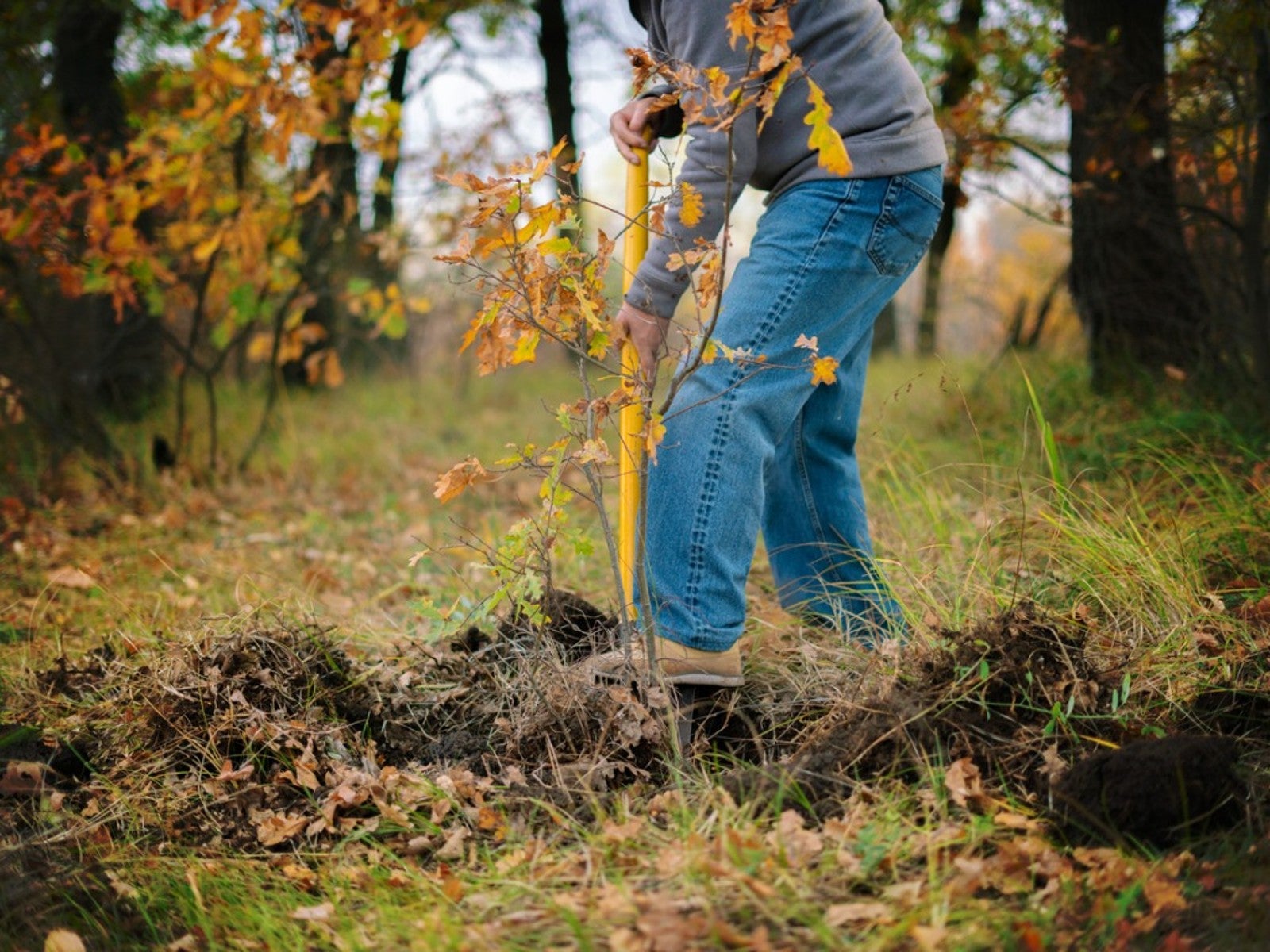 How To Transplant Trees From Woods
How To Transplant Trees From WoodsLearn the best practices for transplanting deciduous and evergreen trees from the forest.
-
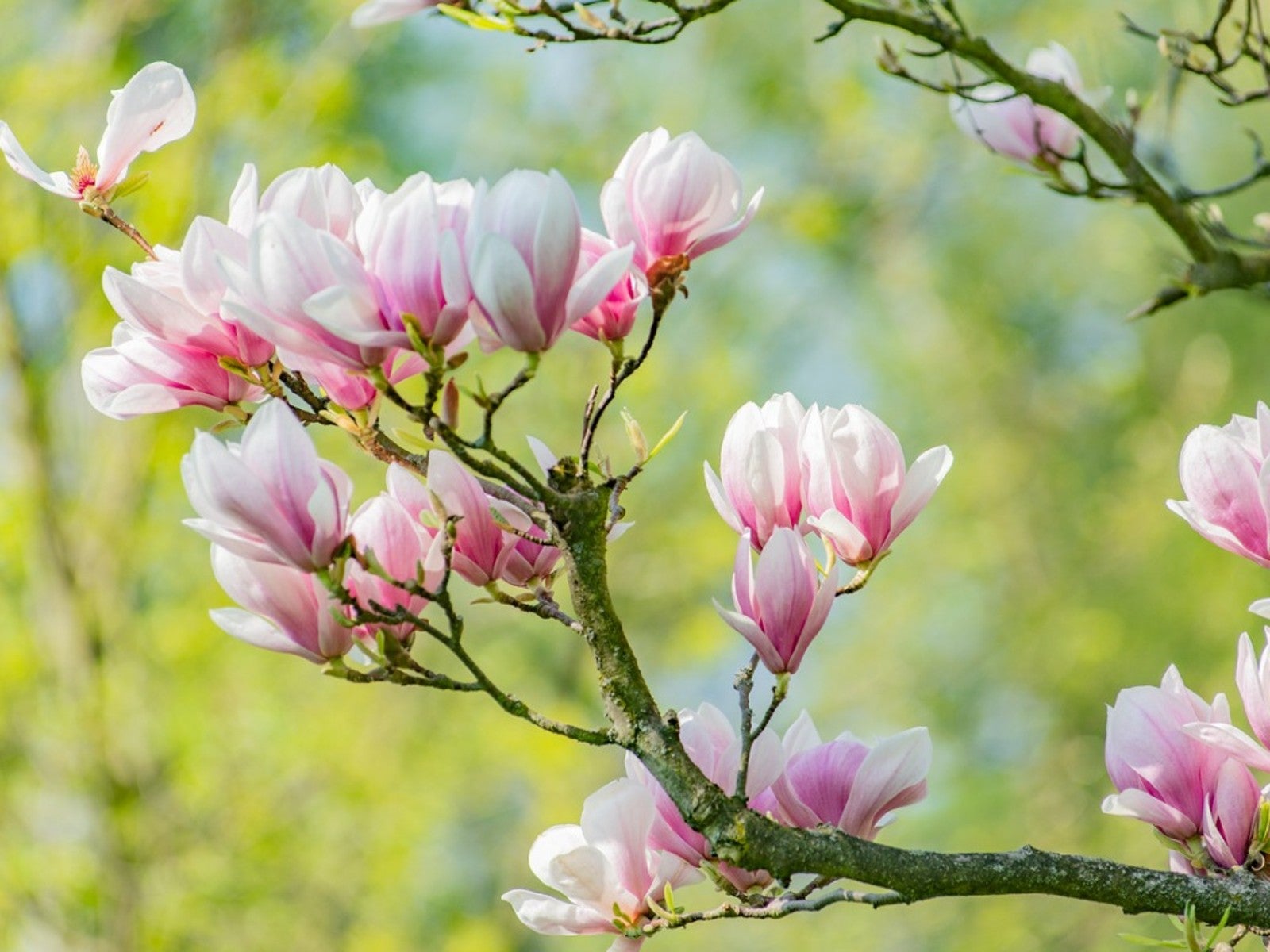 How To Avoid Magnolia Tree Transplant Shock
How To Avoid Magnolia Tree Transplant ShockSometimes homeowners find their magnolia isn't planted in an ideal location, which leads them to ask, “Can I transplant a magnolia tree?”
-
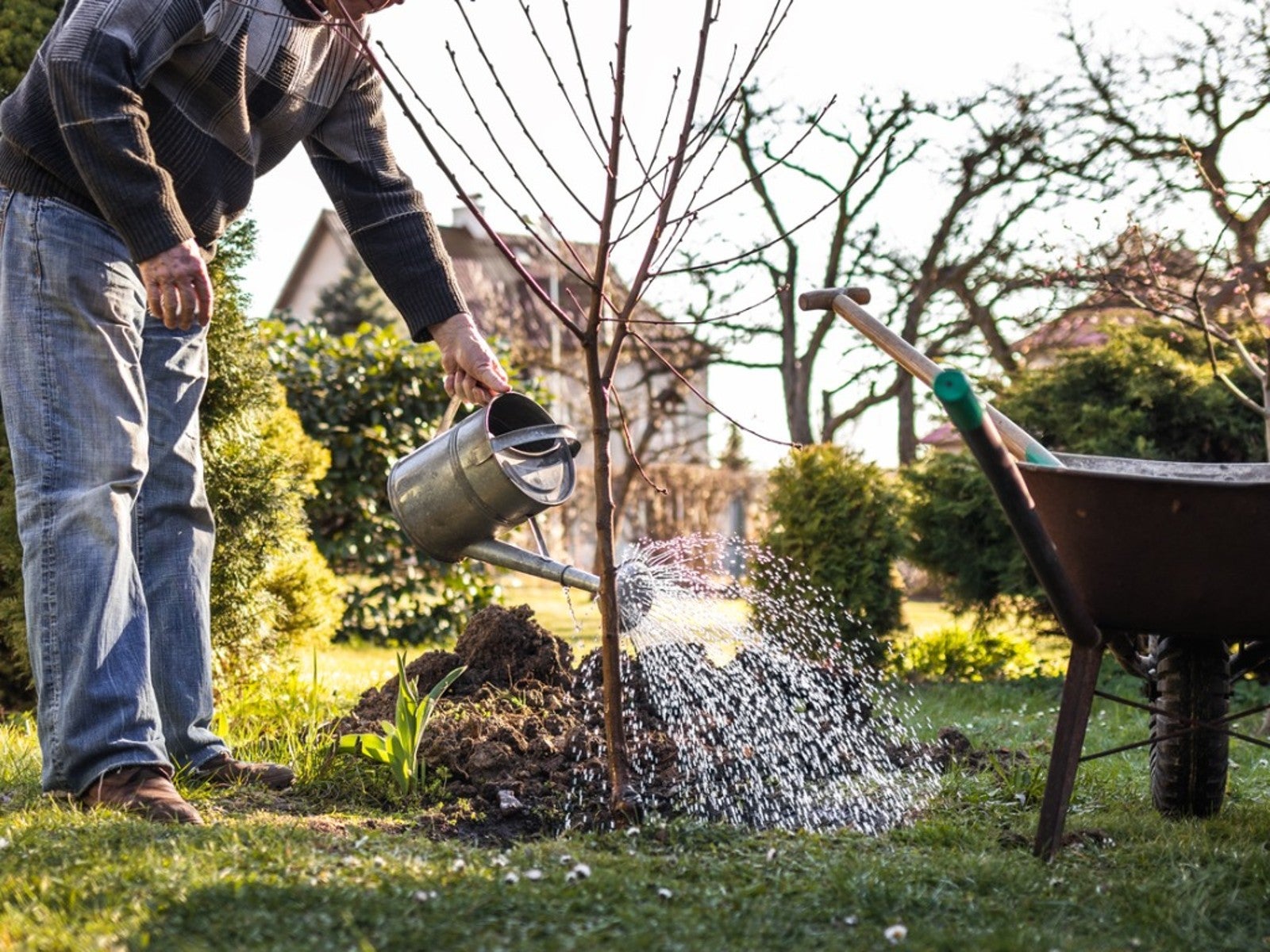 How To Transplant A Tree That Produces Fruit
How To Transplant A Tree That Produces FruitHow to transplant an apple tree? What is lemon tree transplant shock? Can mature fruit trees be transplanted? Read on for answers to fruit tree transplant questions.
-
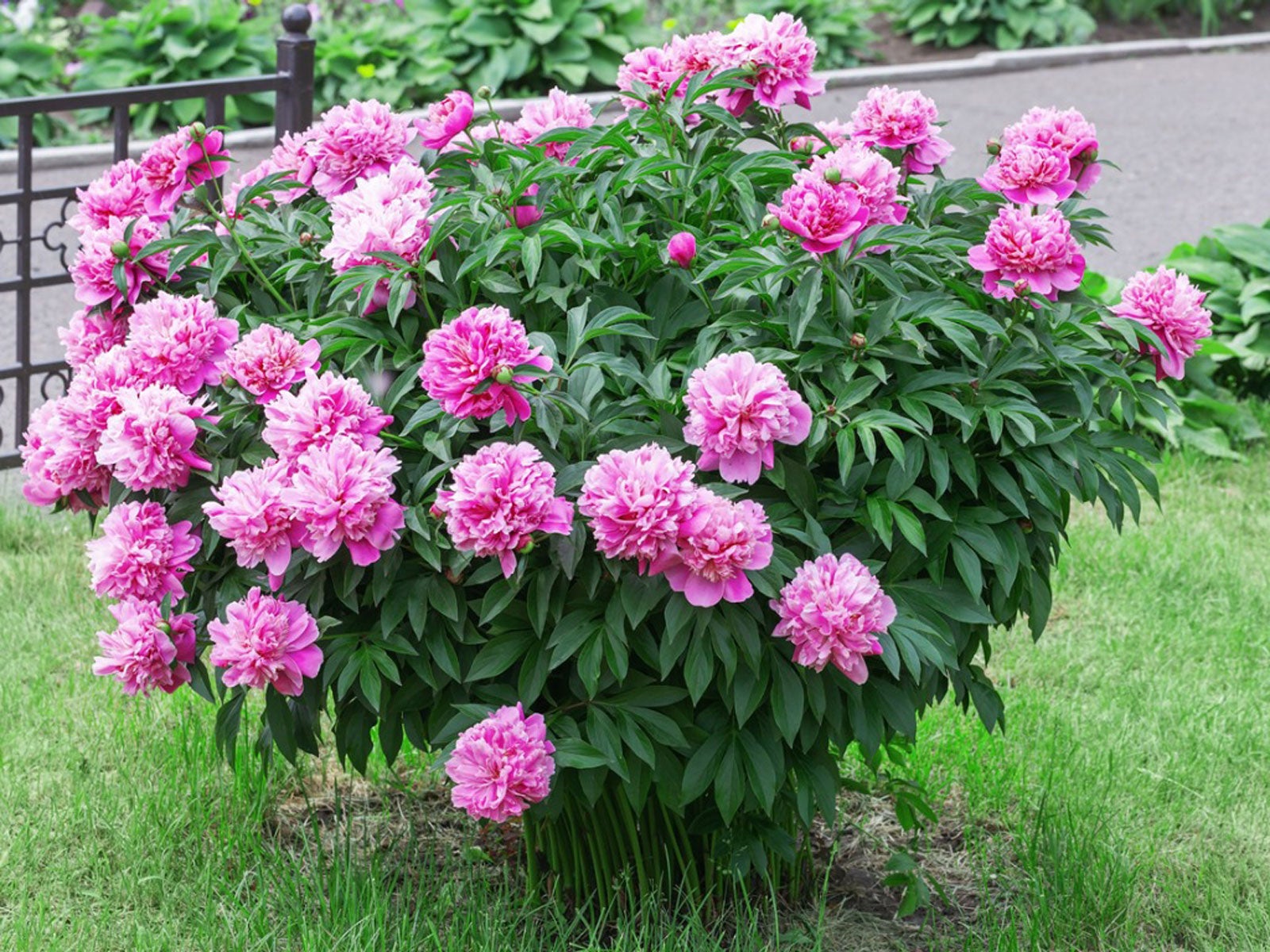 Moving Established Peonies: How Do You Transplant A Peony Plant
Moving Established Peonies: How Do You Transplant A Peony PlantOver time, peonies may fail to bloom as before. Moving established peonies is one solution, but can you transplant peonies? Find out here.
-
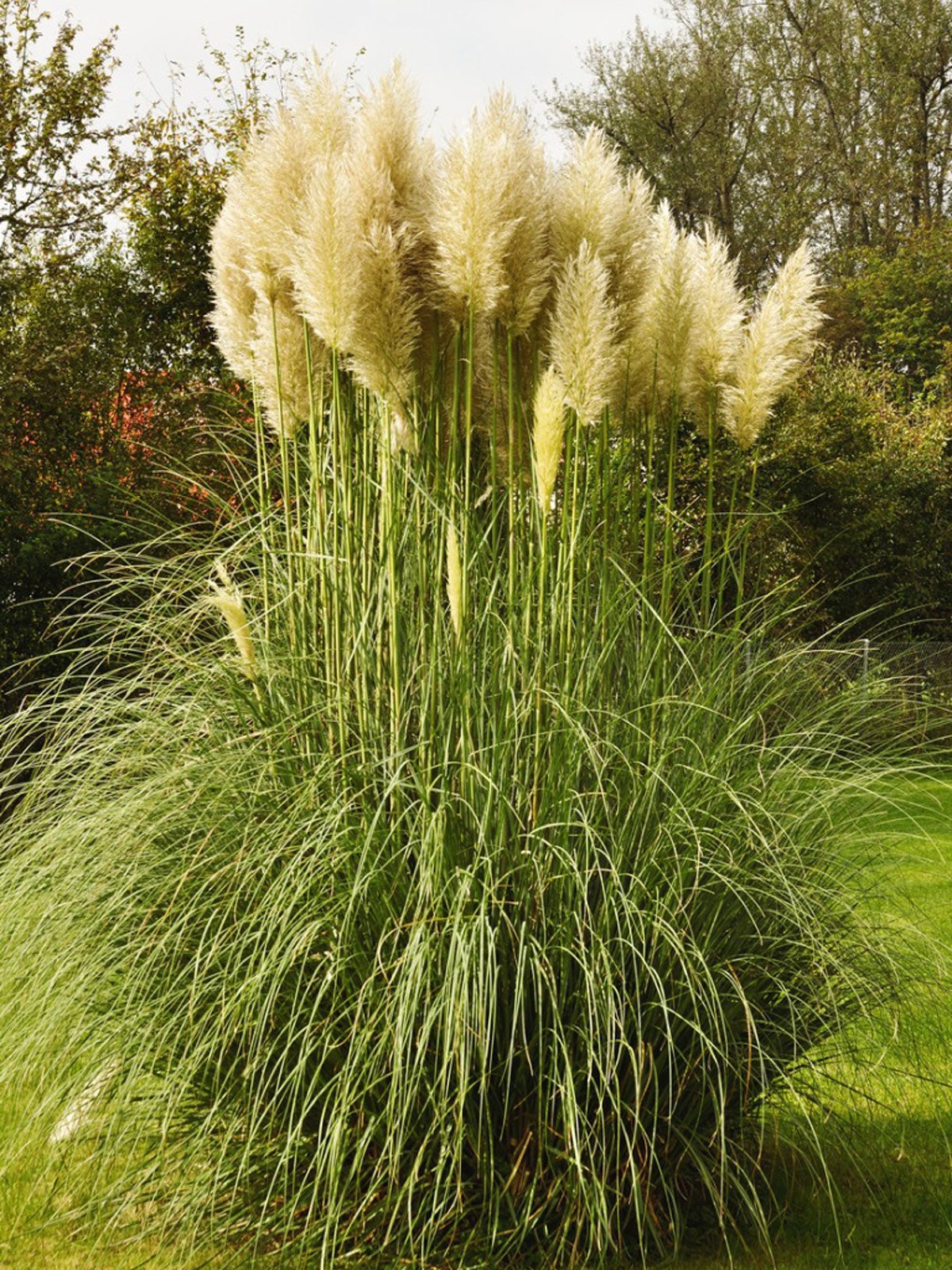 Moving Pampas Grass: When Should I Transplant Pampas Grass Plants
Moving Pampas Grass: When Should I Transplant Pampas Grass PlantsPampas grass is a stunning addition to the landscape, forming mounds of around 10 feet (3 m.) in diameter. With its quick growth habit, it is easy to understand why many growers ask, “Should I transplant pampas grass?”. Click this article to learn more.
-
 Do Sunflowers Transplant Well – Learn About Moving Sunflower Plants
Do Sunflowers Transplant Well – Learn About Moving Sunflower PlantsGrowing sunflowers in your landscape provides big yellow blooms that simply shout summer. But do sunflowers transplant well and should you move them at all? Click on the following article to learn more about moving sunflower plants in the garden.
-
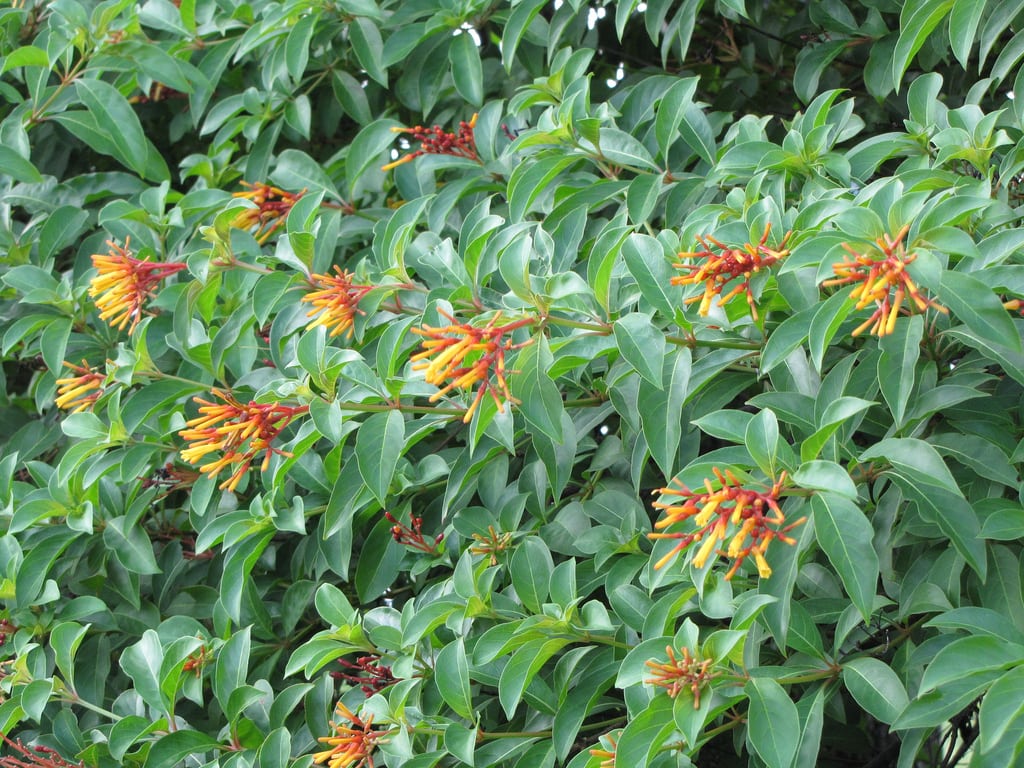 Firebush Transplant Guide – How To Transplant A Firebush Shrub
Firebush Transplant Guide – How To Transplant A Firebush ShrubFirebush is a fast-growing shrub that reaches heights of 3 to 5 feet (1 to 1.5 m.) fairly quickly and moving a firebush can be tricky. Click on the following article for tips and advice on transplanting a firebush without damaging the roots.
-
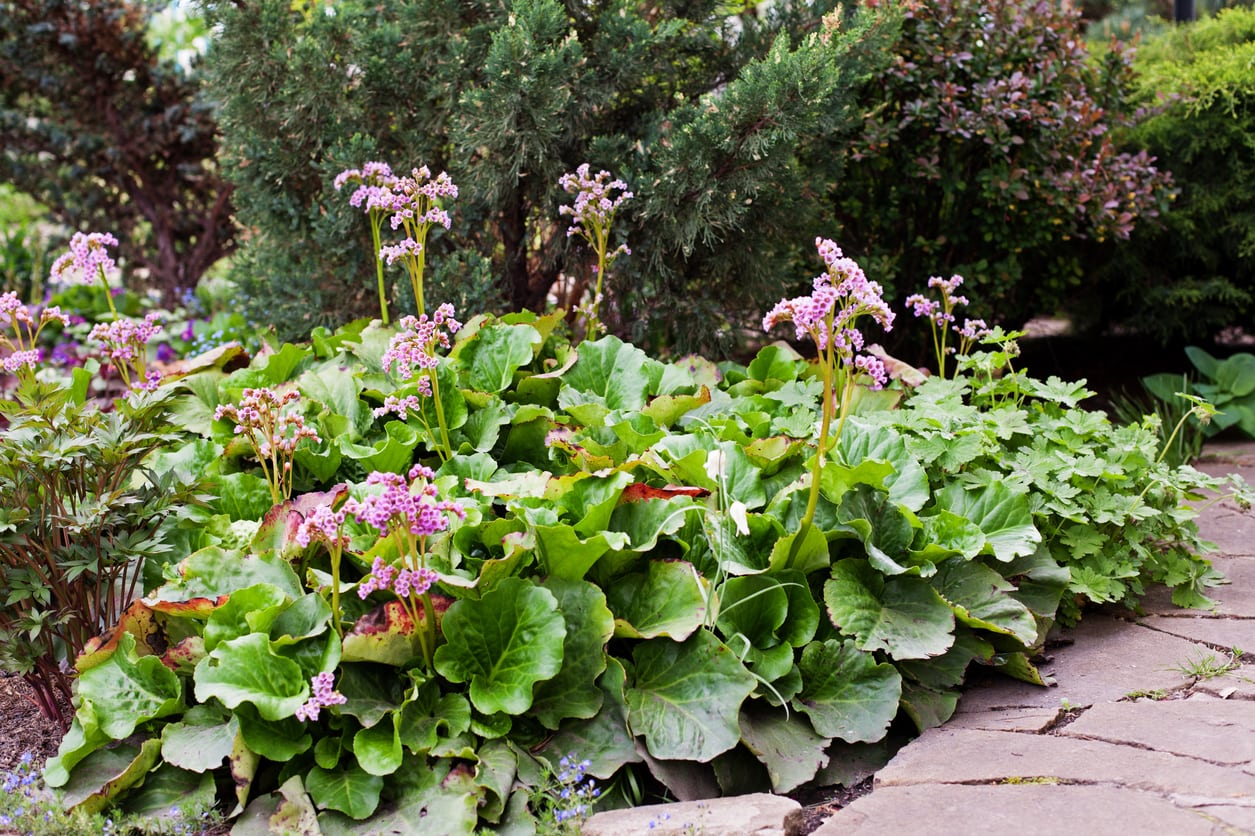 How To Transplant Bergenia: Dividing And Moving Bergenia Plants
How To Transplant Bergenia: Dividing And Moving Bergenia PlantsBergenia may bloom and grow beautifully for several years, then suddenly stop performing. This could be because it is choking itself out and needs to be divided or because something in its environment changed and it needs to be moved. Learn more here.